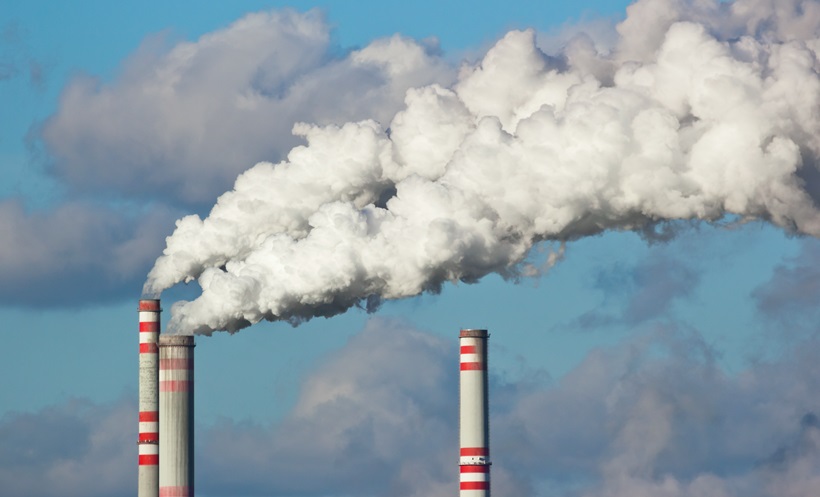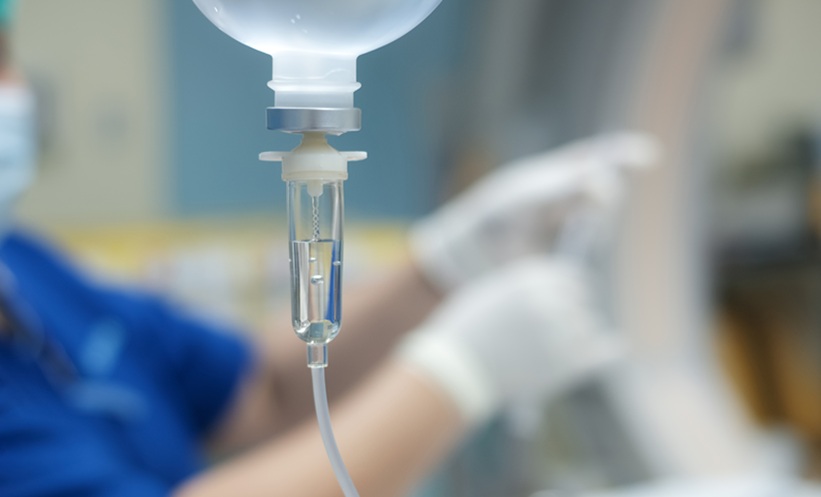LONG-term exposure to low-level traffic-derived air pollution causes liver inflammation, fibrosis, and metabolic changes linked to fatty liver disease.
Air pollution is a well-established risk factor for several diseases, yet the effects of prolonged exposure to low levels of particulate matter smaller than 2.5 µm (PM2.5) on liver health remain unclear. While high levels of air pollution have been associated with liver damage, little is known about the impact of long-term, low-dose exposure. This study investigated how chronic inhalation of traffic-derived PM2.5 influences liver inflammation, fibrosis, and metabolism in mice.
Researchers exposed male BALB/c mice (5 weeks old) to daily intranasal doses of traffic-derived PM2.5 (10 μg/mouse) over 4, 8, and 12 weeks. At each time point, markers of inflammation and fibrosis were measured, and liver proteome and lipid profiles were analysed at 12 weeks using proteomics and lipidomics. By 12 weeks, PM2.5 exposure led to increased macrophage infiltration, elevated production of pro-inflammatory cytokines, and significant collagen deposition, all indicating heightened inflammation and fibrosis. Despite an increase in lipid metabolism, PM2.5-exposed mice displayed elevated levels of triglycerides, diacylglycerols, and ceramides, alongside reduced glycogen content, suggesting an impaired ability to regulate energy storage. Proteomics analysis identified 64 significantly altered proteins, with pathway enrichment analysis linking these changes to alcohol-related liver disease, neutrophil extracellular trap formation, and transcriptional dysregulation associated with cancer.
These findings suggest that even low levels of air pollution can have serious consequences for liver health, potentially increasing the risk of metabolic-associated fatty liver disease. The results underscore the need for stricter air quality regulations and further research into the molecular mechanisms driving pollution-induced liver damage. In clinical practice, healthcare professionals should consider environmental factors when assessing liver disease risk, particularly in urban populations with prolonged exposure to air pollution. Future studies should explore therapeutic strategies to counteract the damaging effects of PM2.5 on liver function.
Jenna Lorge, EMJ
Reference
Feng M et al. Prolonged exposure to low-dose traffic-derived PM2.5 causes fatty liver disorder in mice. J Environ Sci. 2025;DOI:10.1016/j.jes.2025.01.025.








